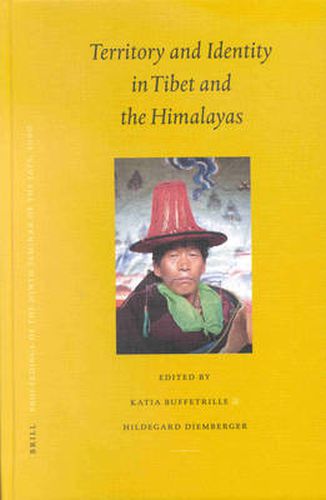Readings Newsletter
Become a Readings Member to make your shopping experience even easier.
Sign in or sign up for free!
You’re not far away from qualifying for FREE standard shipping within Australia
You’ve qualified for FREE standard shipping within Australia
The cart is loading…






Which places does Tibet include? Are people Tibetan merely because of living in those places? Territory and identity are notions that are widely present in academic and popular discourses on Tibet. In 1992 a group of French and Austrian researchers who had studied some of the mountain deities and sacred landscapes of Tibet began meeting to discuss the links between territory and identity in Tibetan culture. Eight years later an interdisciplinary group of scholars met in Leiden in Holland to consider these questions in more detail. This work contains some of their findings, based on case studies carried out across the Tibetan and Himalayan regions. The authors look at the role of local deities, kinship, economics, politics and administration using approaches from across the social sciences to try to work out how a community constructs and reconstructs its idea of itself, and how its members think about and are affected by the land on which they were reared.
$9.00 standard shipping within Australia
FREE standard shipping within Australia for orders over $100.00
Express & International shipping calculated at checkout
Which places does Tibet include? Are people Tibetan merely because of living in those places? Territory and identity are notions that are widely present in academic and popular discourses on Tibet. In 1992 a group of French and Austrian researchers who had studied some of the mountain deities and sacred landscapes of Tibet began meeting to discuss the links between territory and identity in Tibetan culture. Eight years later an interdisciplinary group of scholars met in Leiden in Holland to consider these questions in more detail. This work contains some of their findings, based on case studies carried out across the Tibetan and Himalayan regions. The authors look at the role of local deities, kinship, economics, politics and administration using approaches from across the social sciences to try to work out how a community constructs and reconstructs its idea of itself, and how its members think about and are affected by the land on which they were reared.